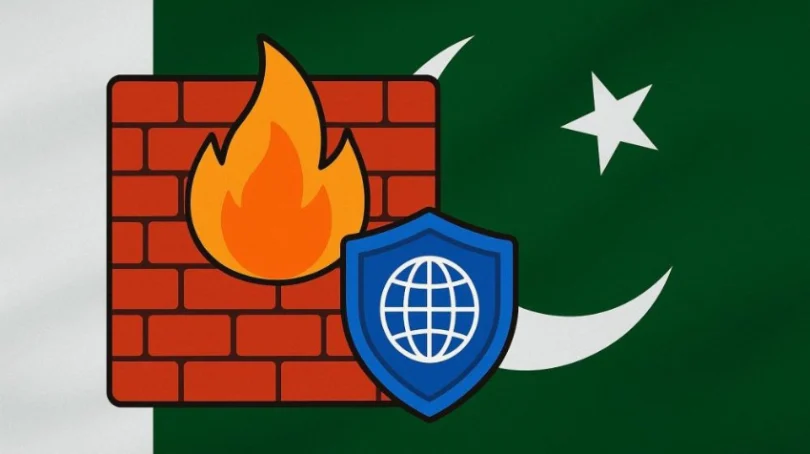The Pakistan Telecommunication Authority (PTA) has launched a major firewall renewal and upgrade project to enhance its cybersecurity infrastructure and safeguard critical digital systems from emerging cyber threats.
According to initial estimates, the project’s budget falls in the range of Rs. 40 million to Rs. 120 million, depending on the selected firewall models, subscription durations, and scope of deployment.
Once completed, the upgraded firewall system will provide PTA with enhanced visibility, control, and resilience against increasingly sophisticated cyber threats targeting Pakistan’s telecom and digital networks.
According to project details, the firewall renewal plan involves upgrading the existing network security system at PTA Headquarters and its regional offices. The project includes the procurement and installation of next-generation firewalls (NGFWs), renewal of software licenses, and integration with PTA’s data centers and monitoring units.
New Firewall Features
The technical scope of the project includes the deployment of high-performance firewalls with features such as intrusion prevention systems, web filtering, malware protection, VPN security, and SSL inspection.
These new systems will help prevent unauthorized access, detect intrusion attempts, and strengthen real-time network monitoring across PTA’s nationwide infrastructure.
The upgraded infrastructure will also incorporate centralized management consoles for network control and active-passive failover configurations to ensure uninterrupted service. The PTA plans to integrate the new firewall system with National CERT’s threat intelligence framework for real-time coordination on cyber incidents.
Implementation of the project will take place in multiple phases, including assessment of the existing network setup, procurement and installation of new hardware, configuration and testing, and capacity building of PTA’s IT staff.
The project also includes a post-deployment maintenance phase, ensuring 24/7 vendor support and continuous security updates over the next three to five years.







